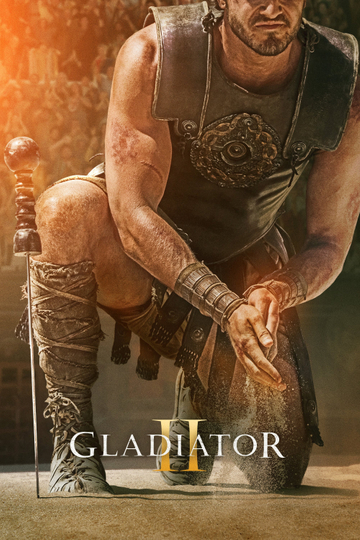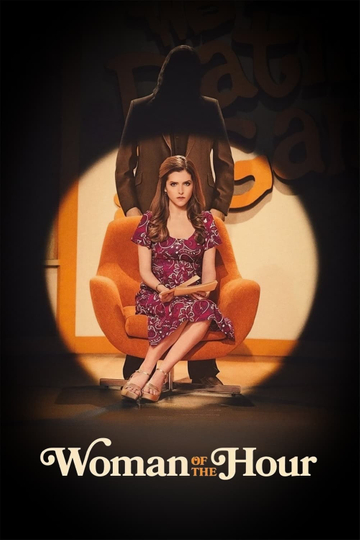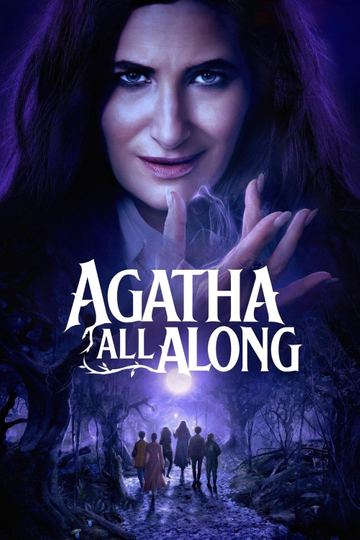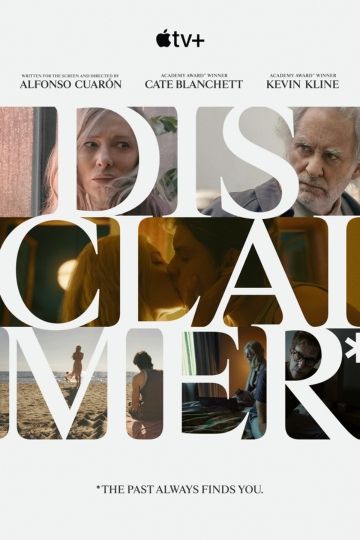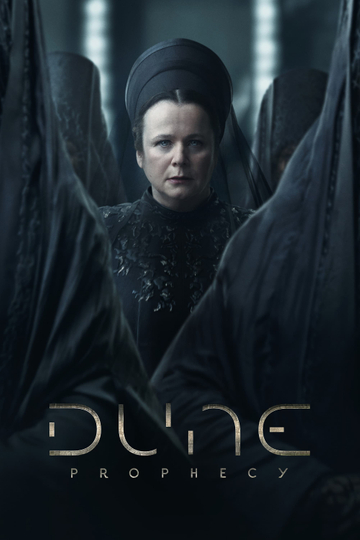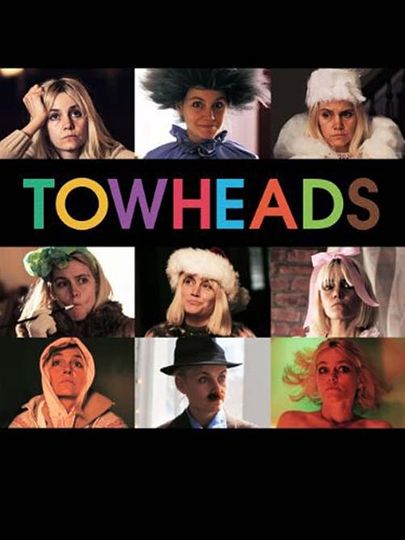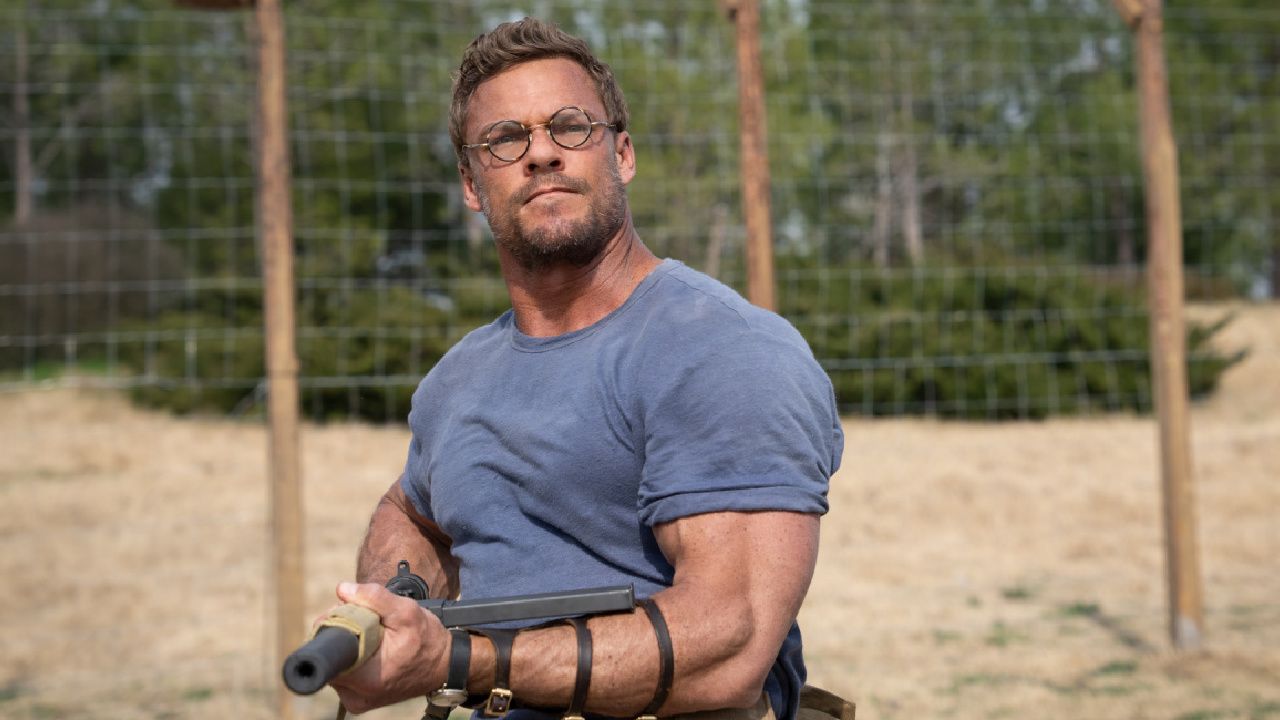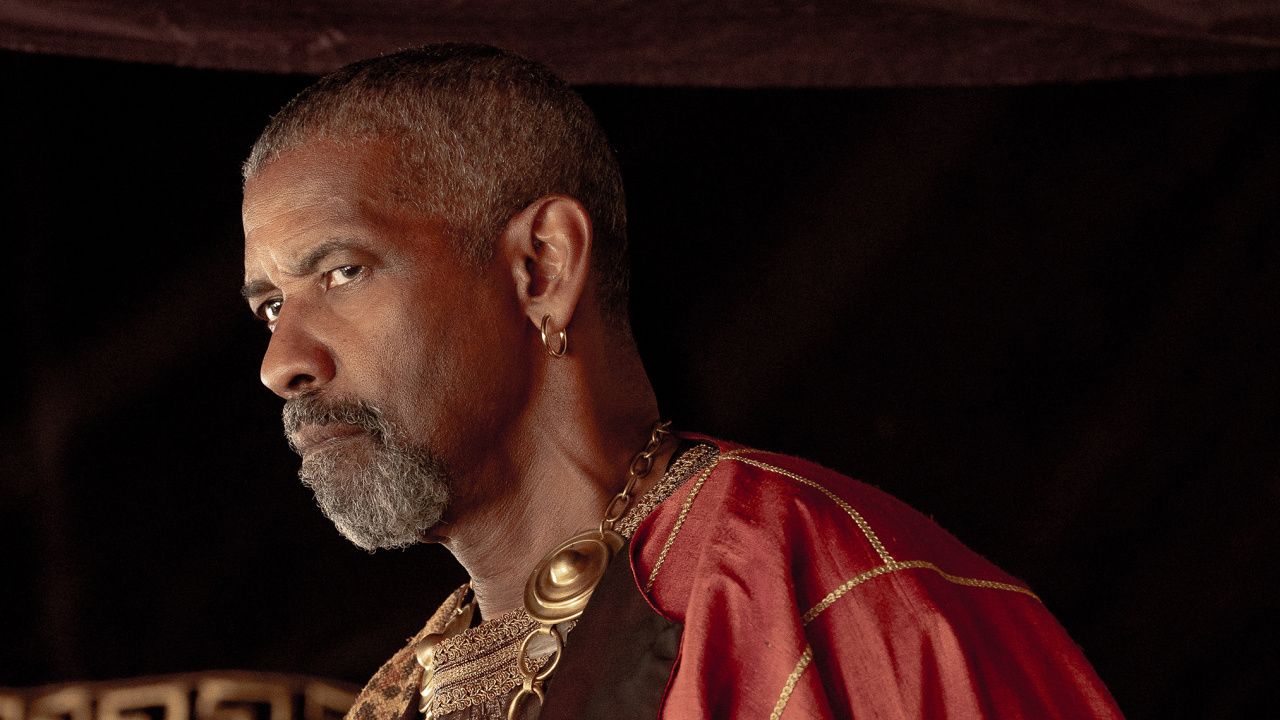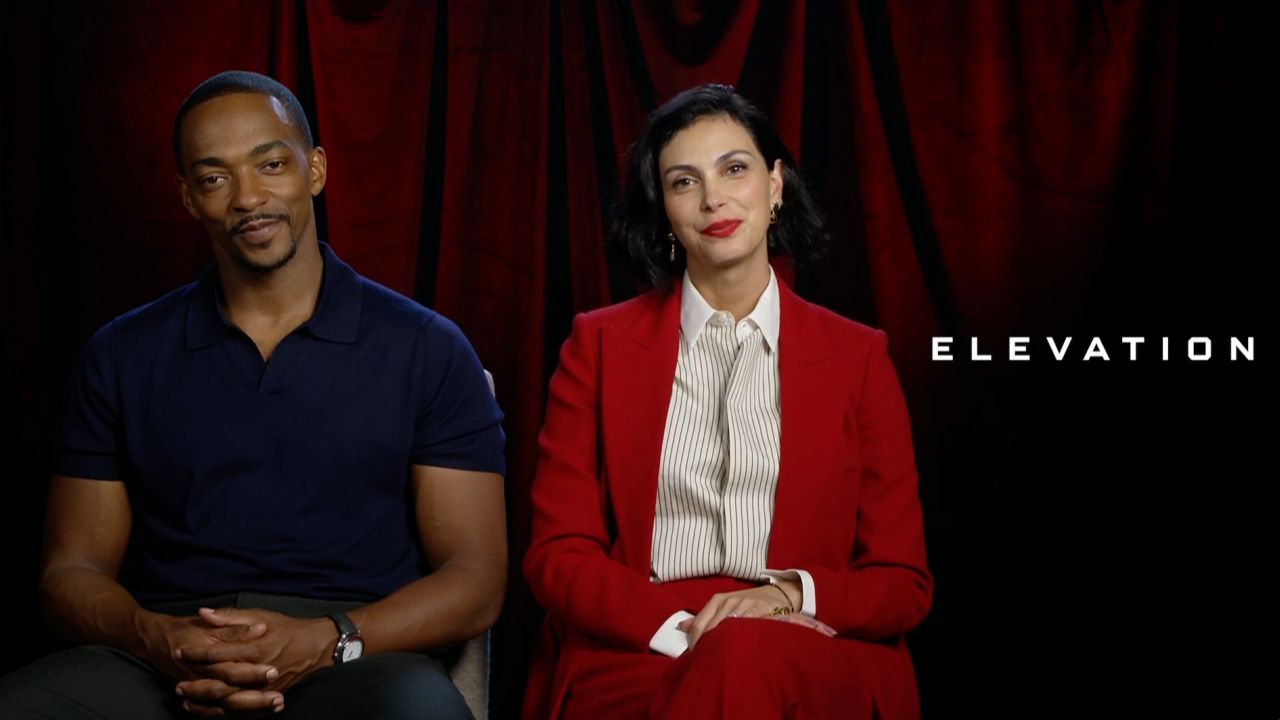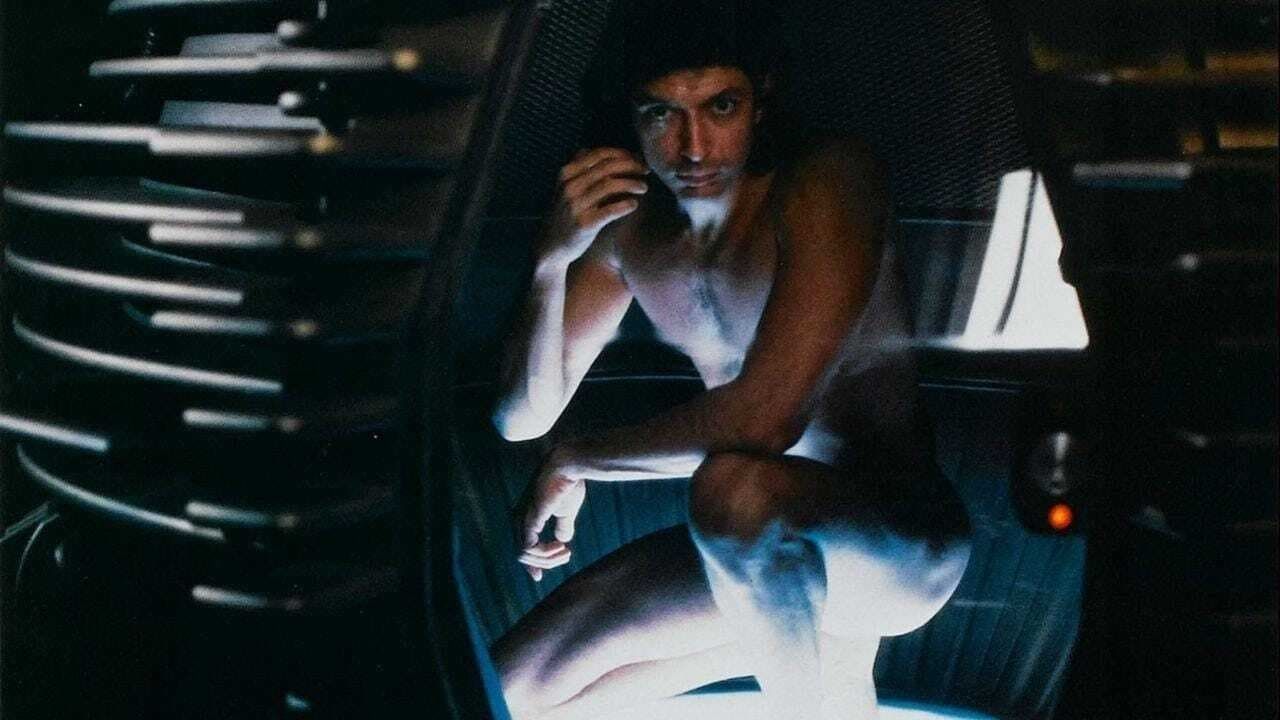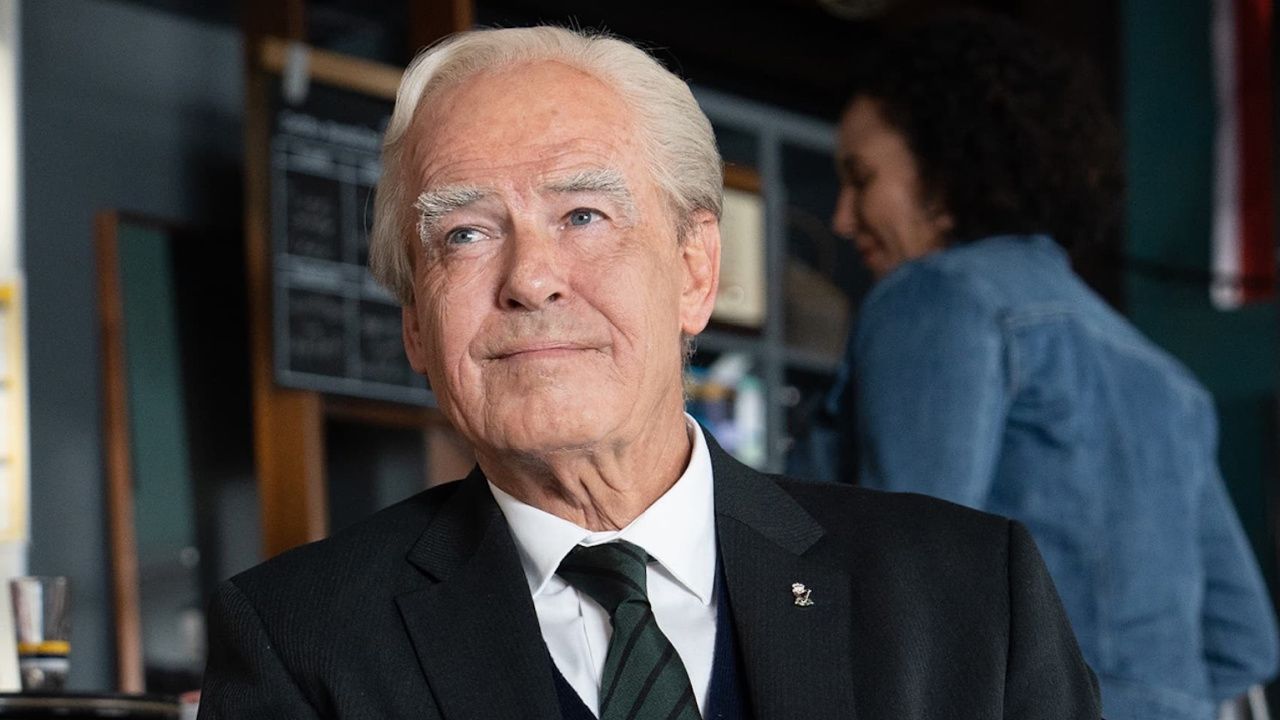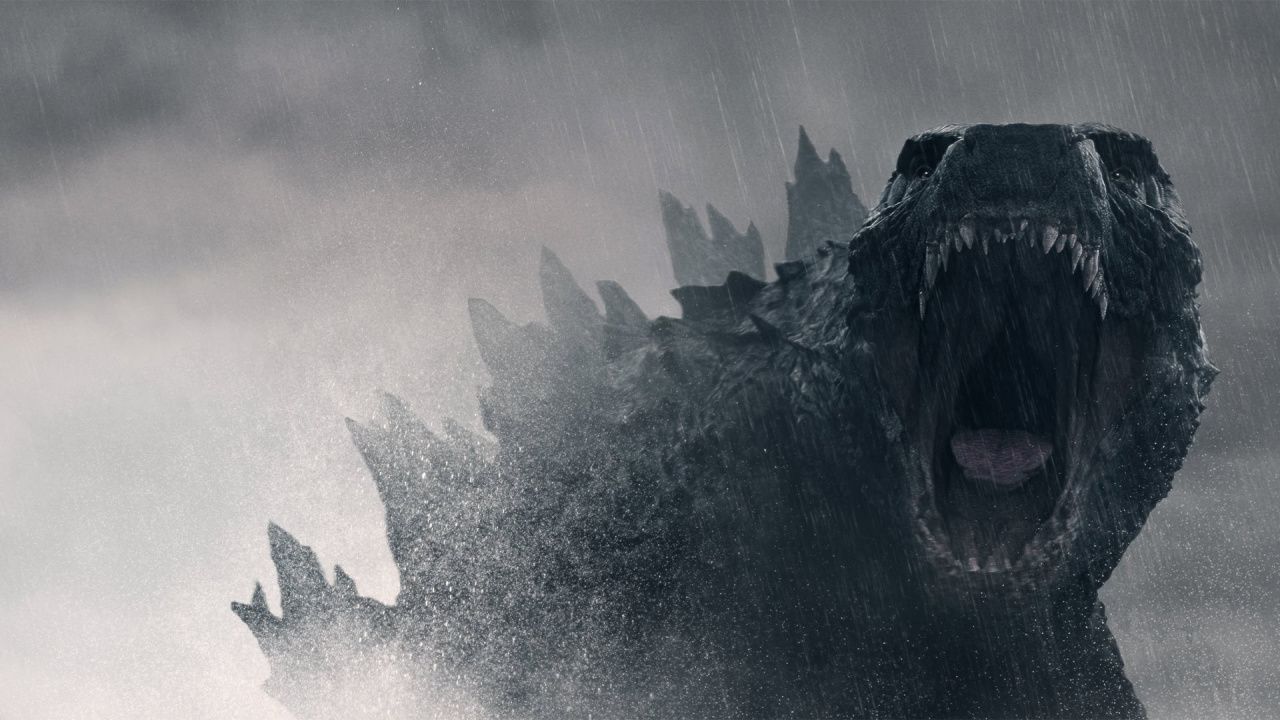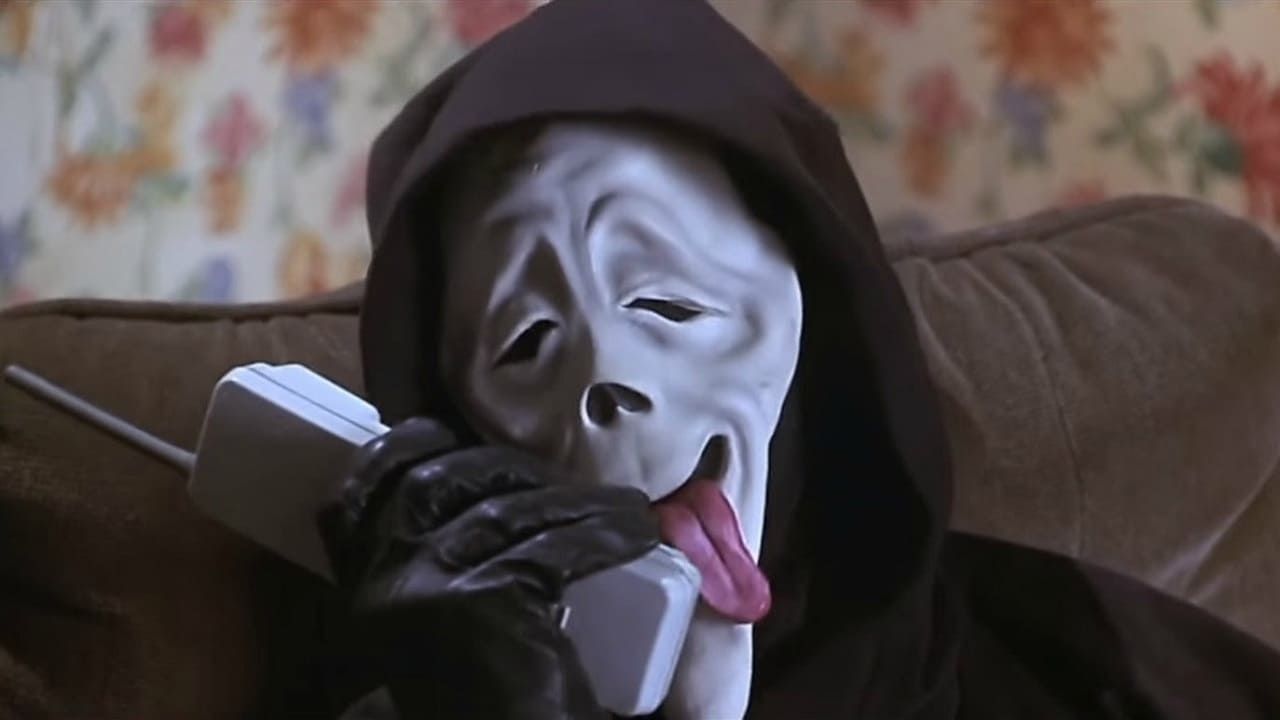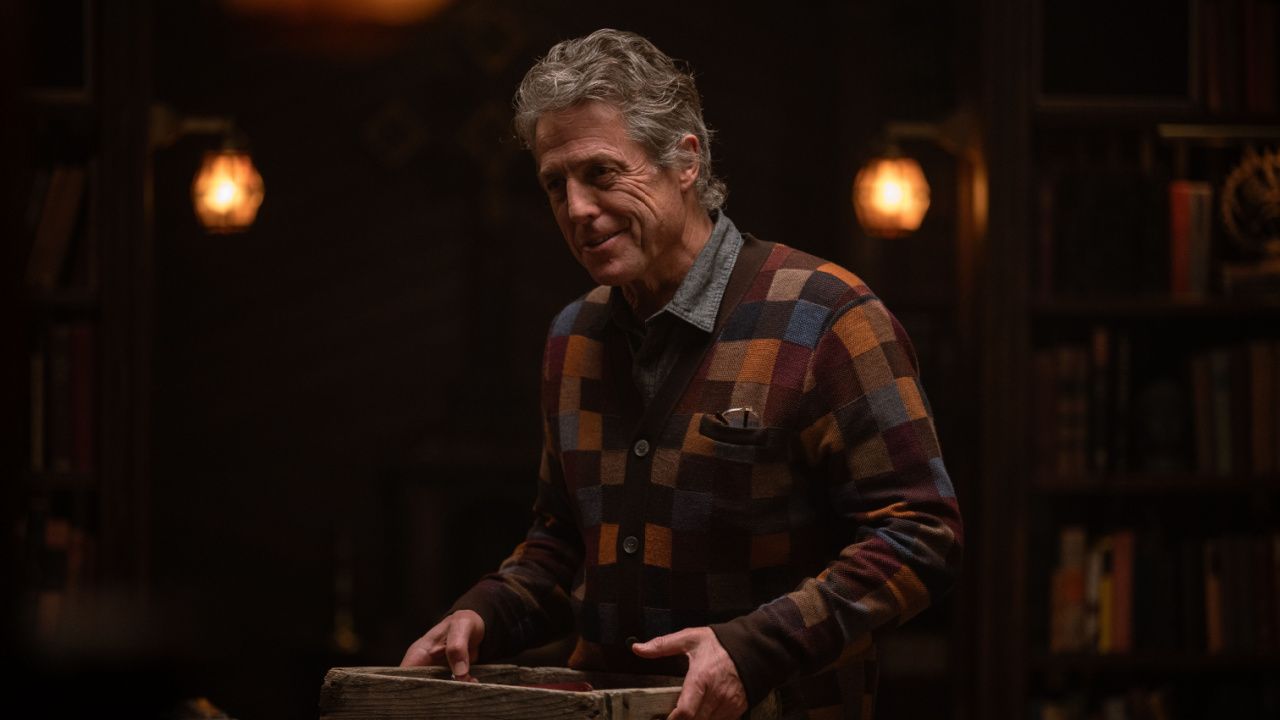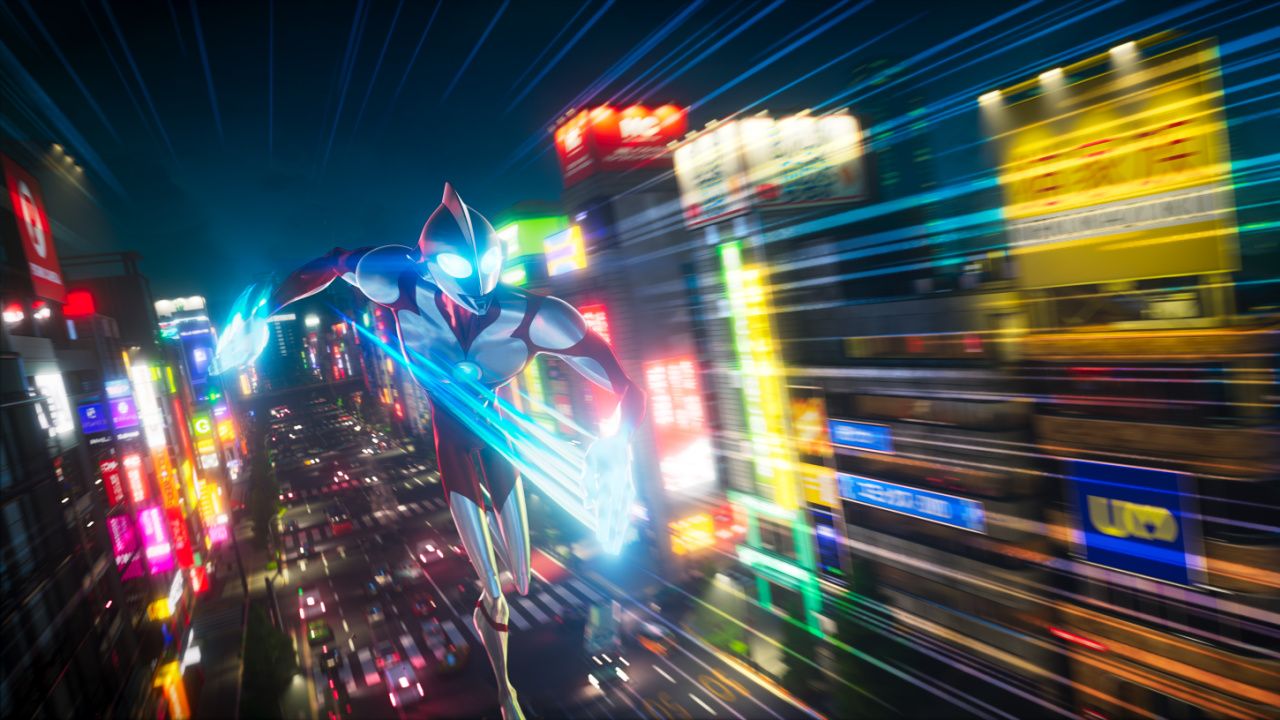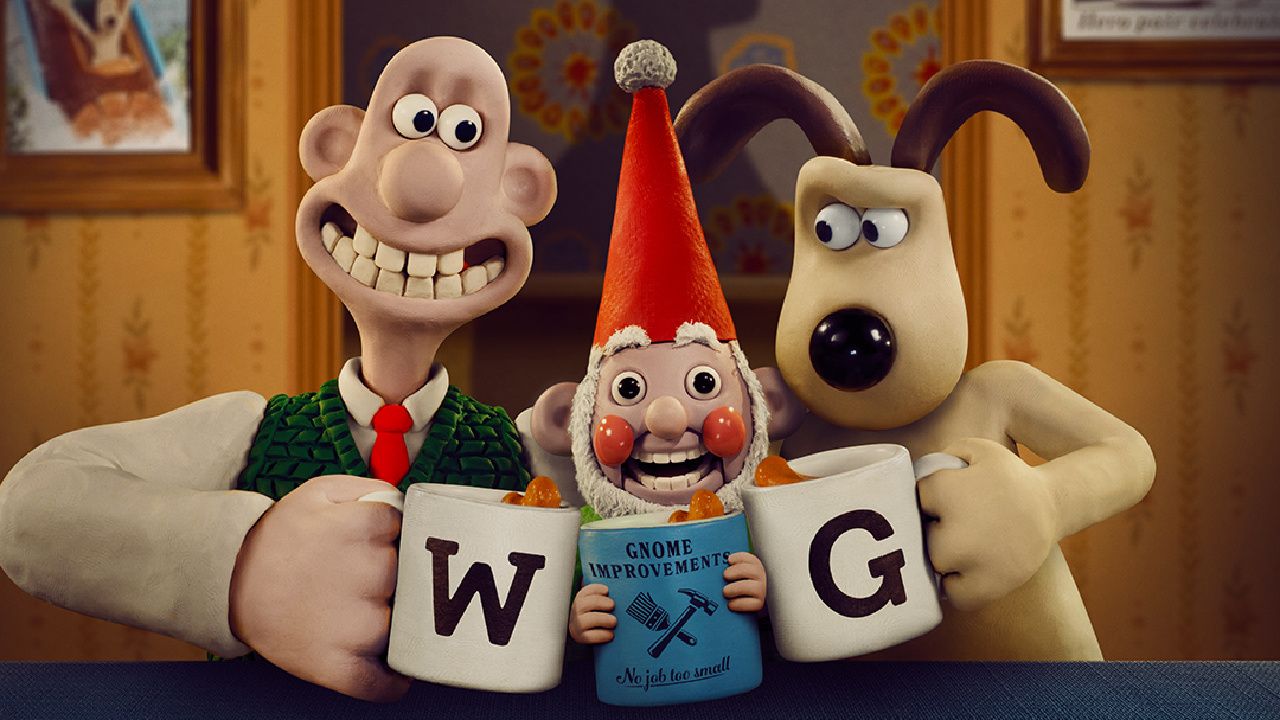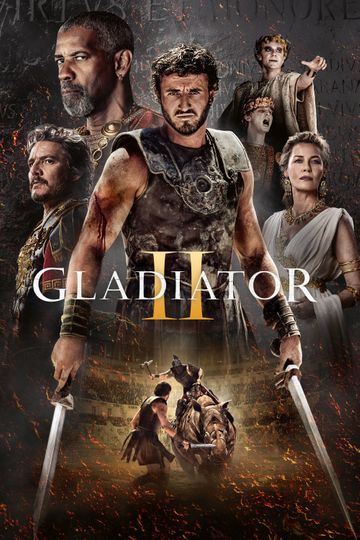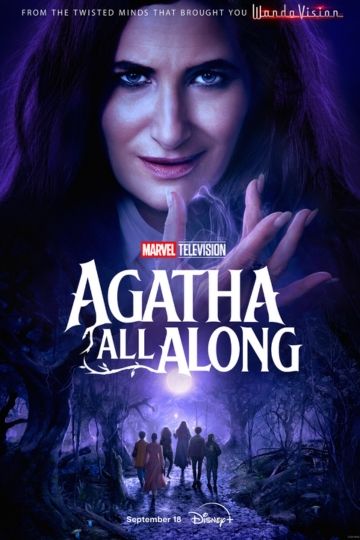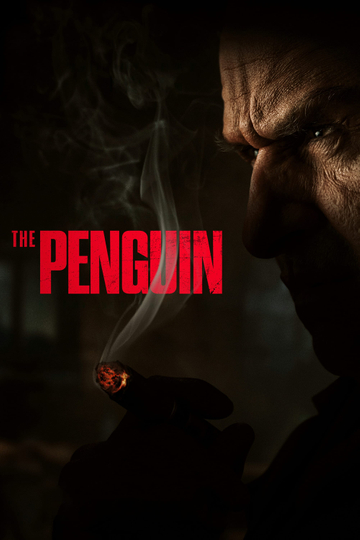Female Filmmakers in Focus: Amber Sealey Discusses Her New Movie ‘No Man of God’
This week, director Amber Sealey talks about bringing a feminist gaze to the canon of Ted Bundy films with her latest movie ‘No Man of God,’ and recommends the short films of Shannon Plumb.
No Man of God - directed by Amber Sealey
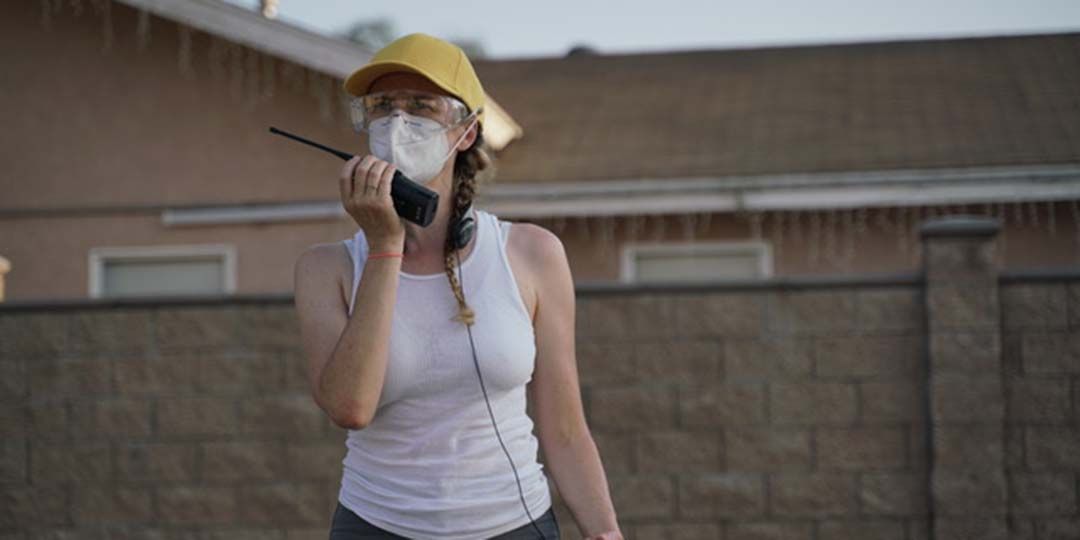
Director Amber Sealey on the set of 'No Man of God'
Born in Brighton, England and raised in Santa Fe, New Mexico, director Amber Sealey studied Theater Arts and Modern Dance at the University of California, Santa Cruz and later attended the Royal Academy of Dramatic Art and the Central School of Speech and Drama. After a decade in London, she moved to Los Angeles in 2008 to pursue acting and filmmaking. Her first feature film ‘A Plus D’ premiered at the Montreal World Film Festival. Her next two films ‘How To Cheat’ and ‘No Light and No Land Anywhere’ premiered at the 2011 and 2016 Los Angeles Film Festivals. She was selected as part of Women In Film's 2017 Mentorship Program. Her fourth film ‘No Man of God’ premiered earlier this year at the Tribeca Film Festival.
Written by Kit Lesser and produced by Elijah Wood, ‘No Man of God’ focuses on FBI Special Agent Bill Hagmaier’s conversations with Ted Bundy between 1984-1989. Hagmaier (Wood) was tasked with getting Bundy (Luke Kirby) to open up about his personality as part of the F.B.I.’s profile-building National Center for the Analysis of Violent Crime. As Hagmaier puts it in an early scene in the film, he’s not there to get him to confess, he’s there “looking for understanding.” While the film is mostly a two-hander between Wood and Kirby, Sealey infuses her feminist gaze into the film through her unique editing and focus on women in the background.
‘No Man of God’ is available in select theaters, on demand, and digital now.
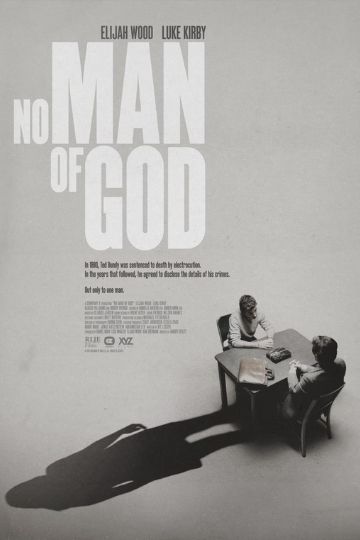
Amber Sealey sat down to talk with us about her new movie.
Moviefone: In the last few years, there have been several Ted Bundy related projects. How did you get involved with this project, and why do you think there are so many different ways into this story?
Amber Sealey: I believe there are no new stories. People say that a lot. We’re also regurgitating the same few human emotions, right? Happiness, love, fear, anxiety. In many ways, I do believe that. You’ll be writing a script, and then it’s in the zeitgeist, and you’ll hear of three more projects that are about the same thing. It does happen, but it doesn’t mean it isn’t true that there have been maybe too many Ted Bundy movies made. I’m certainly guilty of being one of those people who’ve made another one, but I think there is interest there and this is an industry where we have to go where there is interest. I felt like, if another one was going to be made, why not make it by somebody like me who is an outsider to the genre, not like a quote-unquote “serial killer fan,” not that people are fans of serial killers per se. I liked that I had an outsider’s perspective, so that’s what I tried to embrace. I consider myself a feminist filmmaker, and that to me is an interesting take for a movie about a serial killer. The movie is not only about Bundy, it’s more so about Bill Hagmaier (Elijah Wood), and even more so about us as a society and our interest in this kind of thing and why we constantly want to look at people like Bundy. I tried to bring that to the film. I also tried to bring my experience as a woman. I know what it’s like to walk down a dark alley and hear footsteps behind me and feel scared. I think every single woman alive today knows what that feels like. I wanted to bring that element to it. There have been twenty-two Bundy movies made to date, and I think if I’m correct, there is only one other narrative film made by a woman other than me ['The Capture of the Green River Killer' (2008), directed by Norma Bailey - Ed.]. I felt like the victims of Bundy were women, women are the ones that know intimately that feeling if walking down the street and being scared. So, to me, it felt important to add my voice to the canon of films about Bundy.
MF: I thought towards the end of the film how you brought that element in with the close up shot of the assistant as she’s trembling while she’s listening to Bundy speak with James Dobson. And also with Bundy’s lawyer, Carolyn.
Sealey: The stuff with the victims were not originally in the script. That was stuff that I added in because I felt like we couldn’t make this movie without somehow making a nod to the victims and a nod to the experience of being the woman in the room. That was something that I layered in, and I did work on the Carolyn (Aleksa Palladino) character a bit to make her a little more three-dimensional. The Dobson conversation is a very famous interview, it’s been viewed so many times, people are really familiar with it. To me, what was interesting was to think about the woman in the room. What was she thinking? What about the 21-year-old girl who is holding his lunch, Dobson’s assistant, and she has to silently follow him around and listen to this guy blather on about how it wasn’t his fault, it’s porn’s fault. That’s where my interest went. I’m interested in what she’s going through. That was my way of, on a larger scale, saying that she is us, the women in the room, the women in the audience; to ask why are we always putting our focus on Bundy? Why are we not putting our focus on the victims, essentially.
MF: How did you go about casting the two leads? They have such easy rapport.
Sealey: They are so great. I love them both. We all just became such good buds. Elijah was already attached when I came on. He’s one of the producers, so he was attached as Bill. He has this core goodness to him, this core empathy that Bill also has. When you look into those big blue eyes, it’s like you just want to spill your guts. That’s part of what Bill did that was so good, he got people to spill their guts to him. So, Elijah has that in spades. Luke Kirby is someone, I just couldn’t get him out of my mind. He was the person I wanted for the role. I’d been a fan of his for a long time, so I just pursued him. He first turned down the role. When I offered it through the reps, he said no. But I had some friends in common, so I hunted him down and was like, “Luke I’m sorry, you have to do this movie.” He had concerns about making a Bundy movie, which I completely respected. I said, “Look, let’s just meet and chat. You can get to know me a bit and my take on the film, and if you still want to say no, I understand and respect that.” We met and had a sense of taste in common, and he understood that this wasn’t about glorifying the gore. We joked about what his mom was going to think, and I said, “Tell your mom you’re doing it to support female filmmakers.” So he came on. They’re both ultimate professionals. They work hard, but also they just have talent. You either have it or you don’t really, and they both have it. They are generous and kind, and we all just got along really well.
MF: Can you talk about your editing process? I thought the way you used montage throughout the film was really interesting.
Sealey: The editor Patrick Nelson Barnes is a good friend of mine who I’ve worked with a few times now. He’s an amazing editor. We have a real rapport together, and we like the same style of editing. It was important to me to get a sense of both what is going on in Bill’s head and outside in the world. That was what the use of the 80s footage and the montage stuff was about. It was showing what was going on outside the prison, the crowds gathering, but also just culturally. What music were people listening to, how are people dressing, what does their hair look like? A lot of that footage came from my cousin and my old neighbor, who both used to film a lot. Just everything around them in the 80s. So I knew I had access to actual footage of the 80s that hadn’t been seen before. So we got all of their old MiniDV and Hi8 tapes, and we digitized them all, and we combed through them watching everything, looking for moments. Moments of women, women at work, women walking down the street, women hugging their partners. We tried to craft the story, emotionally, internally what was going on for Bill due to his relationship with Bundy over time, and weave that into the crowd scenes.
MF: What do you hope people take away from this film when it’s over?
Sealey: I don’t really have hopes like that. I want people to like it, well, like it is a weird thing when it’s a scary movie. I hope it makes people think about their own relationship towards where they put their attention. We vote with our eyes and our dollars, and I myself am always trying to be more conscious of where I spend my money and where I spend my clicks and my views. So I hope we can all try to be more conscious about that. I hope we can be more conscious about why we remember Bundy’s name and not all the victim’s names. We’re all guilty of that. I am as well. Maybe that’s just the way it is. Maybe that’s human nature. I don’t have the answer. I just like asking the questions. What does it mean to be an ally to women? Even for good men, what does that mean? What does that look like? I think there are so many questions that I have. Mostly, I love hearing what comes up for other people when they watch it.
MF: Could you recommend another film directed by a woman for readers to seek out?
Sealey: Oh, so many! There’s so many amazing female filmmakers. I’m a big fan of Lynne Ramsay, Jane Campion, Andrea Arnold, and Chantal Akerman. So many. I just think people should seek out all the female filmmakers because I think that, so often, their films don’t get the same marketing budgets. It’s all about how many ads you can put out to get eyeballs onto your films. I would encourage people when they have a weekend, and they’re wondering what to watch, that they seek out a female filmmaker and watch their film. There’s so many wonderful filmmakers. You know who I think people should look into? I just discovered her. She is Derek Cianfrance’s wife, her name is Shannon Plumb. She’s more of an artist than a filmmaker, but she has these great, funny, weird short films. She’s also a writer. She’s written for Talkhouse. Her writing is wonderful, and her films are great.
Towheads - directed by Shannon Plumb
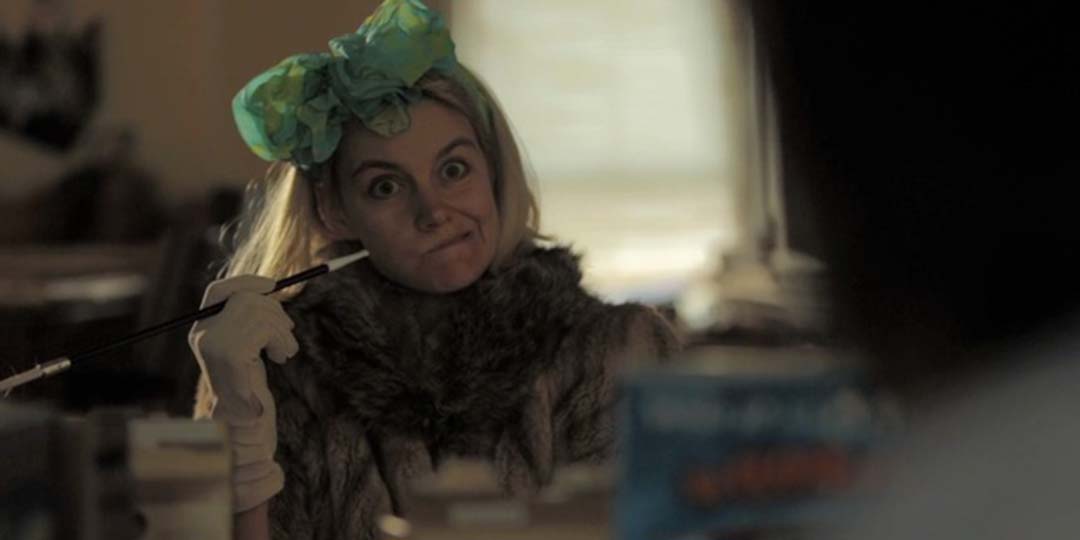
Shannon Plumb, writer, director, & star of 'Towheads'
Born in Schenectady, New York, Shannon Plumb received an associate degree from the Junior College of Albany and studied acting at SUNY New Paltz before spending a good deal of the early-90s as a party girl and cocktail waitress in New York City. There she met fellow filmmaker Derek Cianfrance, with whom she helped develop his long-gestating masterpiece ‘Blue Valentine.’ A role originally written for Plumb, it ultimately went to Michelle Williams, who went on to receive an Oscar nomination for her performance. Plumb has shot over 200 experimental shorts, featuring a lo-fi aesthetic and a slapstick energy that has been compared to the physical humor of Buster Keaton and Charlie Chaplin. Her work has been featured in art galleries and museums around the world, including the Museum of Modern Art in New York, the Academia Gallery of the National Art Academy in Sofia, Bulgaria, the Musee de Beaux Art in Lausanne, Switzerland, and more. In 2013, she directed the feature film ‘Towheads’ in which she co-stars with Cianfrance and their sons Walker and Cody.
In the semi-autobiographical film ‘Towheads,’ Plumb plays Penelope, a spirited mother of two, who struggles to find a balance between her artistic aspirations and motherly responsibilities. Critics were split on the film, but writing for the Village Voice, Ingoo Kang described Plumb as “pick(ing) up where Lucille Ball left off.”

